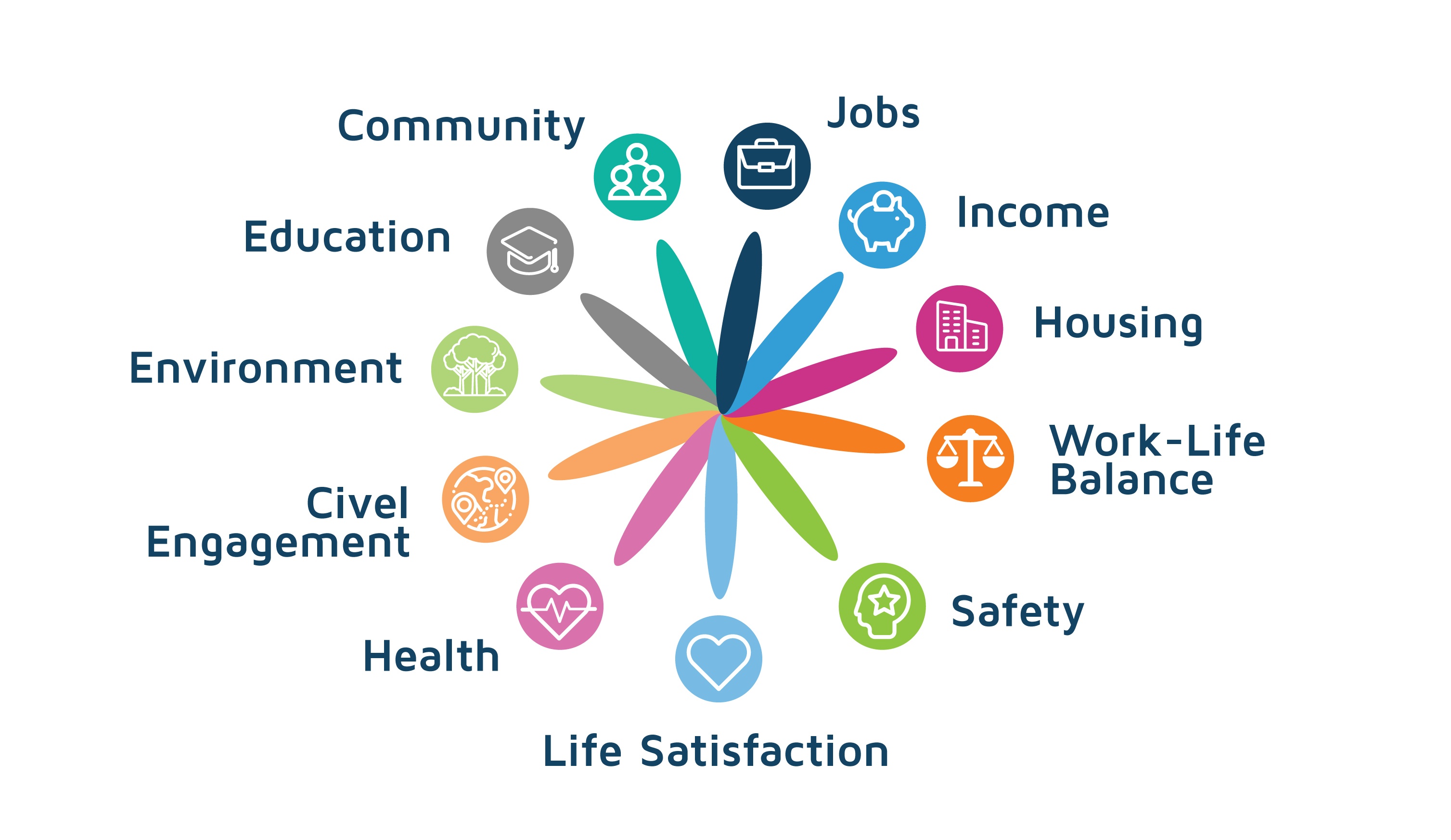Education plays a crucial role in preparing individuals to integrate effectively into society and contribute to the economy. Nevertheless, millions of children and youth remain illiterate across the globe. To combat this, the international community has made considerable progress towards increasing access to education in developing countries over the last few decades. However, more efforts are necessary for developing countries to align their systems with those that are considered to be the best – Finland, Australia, and Estonia.
In today’s article, we reveal the Top-10 countries with the best education systems as classified by the Organization for Economic Co-operation and Development.
What is education and why is it important?
Education is a basic human right that plays an important role in endowing the members of a given community with the skills, competencies, and knowledge necessary to play a part in society and contribute to the economy. Moreover, education acts as a powerful catalyst for development and can contribute to poverty reduction by driving economic growth, fostering innovation, and strengthening public institutions. From the individual perspective, education can lead to more opportunities, better employment, higher earnings, and stronger health. Over the last few decades, developing countries have made considerable progress towards increasing access to education at all levels. Nonetheless, in 2018 there were still over 258 million out-of-school children and youth, and today about 53% of all children from low- and middle-income countries still lack basic literacy skills by the time they finish primary school.
OECD Better Life Index
The Organization for Economic Co-operation and Development (OECD) includes education in its Better Life Index and views this as one of the key factors that contribute to well-being. The OECD Better Life Index was developed in an attempt to bring together an internationally recognized framework that can provide comparable measures of well-being. The index is designed to allow users to visualize and compare the average achievements of the 40 countries included in the framework based on 11 key socio-economic topics.
Fig. 1. The 11 topics of well-being used for the OCED Better Life Index

Education, as one of the key topics used to produce the Better Life Index, is measured based on the aggregated values of three distinct indicators:
- Years in education – the expected average duration of formal education obtained by an individual aged 5 to 39 years
- Educational attainment – the percentage of people aged 25 to 64 who have at least an upper-secondary degree
- Students’ skills – the average performance of students according to PISA (Programme for International Student Assessment).
Top 10 Ranked Countries
![]() Finland (overall 8.9) – ranks as the best performing OECD country regarding education scoring 88.1% for educational attainment, 523 points for student skills, and 19.8 years for average years in education. The Finnish education system is distinguished for its highly skilled teachers and innovative learning environments
Finland (overall 8.9) – ranks as the best performing OECD country regarding education scoring 88.1% for educational attainment, 523 points for student skills, and 19.8 years for average years in education. The Finnish education system is distinguished for its highly skilled teachers and innovative learning environments
![]() Australia (overall 8.6) – comes second in the education ranking scoring 81% for educational attainment, 502 points for student skills, and 21 years (the highest overall) for average years in education. The Australian education system is also characterized by efficient mental health programs for students
Australia (overall 8.6) – comes second in the education ranking scoring 81% for educational attainment, 502 points for student skills, and 21 years (the highest overall) for average years in education. The Australian education system is also characterized by efficient mental health programs for students
![]() Estonia (overall 7.9) – scored 88.7% for educational attainment, 524 points for student skills, and 17.7 years for average years in education. Estonia is one of the leaders of life-long learning with 89% of adults aged 25 to 64 having completed upper secondary education
Estonia (overall 7.9) – scored 88.7% for educational attainment, 524 points for student skills, and 17.7 years for average years in education. Estonia is one of the leaders of life-long learning with 89% of adults aged 25 to 64 having completed upper secondary education
![]() Denmark (overall 7.9) – scored 81.3% for educational attainment, 504 points for student skills, and 19.5 years for average years in education. The Danish education system focuses on objectives related to student achievement, equity, and well-being
Denmark (overall 7.9) – scored 81.3% for educational attainment, 504 points for student skills, and 19.5 years for average years in education. The Danish education system focuses on objectives related to student achievement, equity, and well-being
![]() Canada (overall 7.9) – scored 91.1% for educational attainment, 523 points for student skills, and 17.3 years for average years in education. Canada has in place efficient programs that aim to support vulnerable populations to attain higher levels of education
Canada (overall 7.9) – scored 91.1% for educational attainment, 523 points for student skills, and 17.3 years for average years in education. Canada has in place efficient programs that aim to support vulnerable populations to attain higher levels of education
![]() Slovenia (overall 7.9) – scored 87.7% for educational attainment, 509 points for student skills, and 18.3 years for average years in education. The Slovenian education system is noted for having efficient programs that empower teachers and stimulate sustainable didactic innovations
Slovenia (overall 7.9) – scored 87.7% for educational attainment, 509 points for student skills, and 18.3 years for average years in education. The Slovenian education system is noted for having efficient programs that empower teachers and stimulate sustainable didactic innovations
![]() Japan (overall 7.8) – scored 94.6% (highest overall) for educational attainment, 529 points (highest overall) for student skills, and 16.4 years for average years in education. Japanese authorities, in collaboration with the OECD, have developed educational programs that facilitate a shift from exam-focused academic study towards entrepreneurship, critical thinking, and creativity
Japan (overall 7.8) – scored 94.6% (highest overall) for educational attainment, 529 points (highest overall) for student skills, and 16.4 years for average years in education. Japanese authorities, in collaboration with the OECD, have developed educational programs that facilitate a shift from exam-focused academic study towards entrepreneurship, critical thinking, and creativity
![]() Sweden (overall 7.7) – scored 83% for educational attainment, 496 points for student skills, and 19.3 years for average years in education. The Swedish education system provides students with individual support, tutoring, and access to mental health support programs
Sweden (overall 7.7) – scored 83% for educational attainment, 496 points for student skills, and 19.3 years for average years in education. The Swedish education system provides students with individual support, tutoring, and access to mental health support programs
![]() Poland (overall 7.6) – scored 92.1% for educational attainment, 504 points for student skills, and 17.6 years for average years in education. In the last few decades, Poland has implemented several policies that have proved successful in improving education outcomes and quality
Poland (overall 7.6) – scored 92.1% for educational attainment, 504 points for student skills, and 17.6 years for average years in education. In the last few decades, Poland has implemented several policies that have proved successful in improving education outcomes and quality
![]() Germany (overall 7.6) – scored 86.5 % for educational attainment, 508 points for student skills, and 18.1 years for average years in education. The German education system is marked by a successful vocational education model that is based on the dual-apprenticeship system that allows students to divide their time between workplace training and school training.
Germany (overall 7.6) – scored 86.5 % for educational attainment, 508 points for student skills, and 18.1 years for average years in education. The German education system is marked by a successful vocational education model that is based on the dual-apprenticeship system that allows students to divide their time between workplace training and school training.
DevelopmentAid is the leading provider of business intelligence and recruitment tools designed to assist those active in the development sector. Join today and gain access to exclusive information on the upcoming funding opportunities (tenders and grants) from the largest bilateral and multilateral donors.

